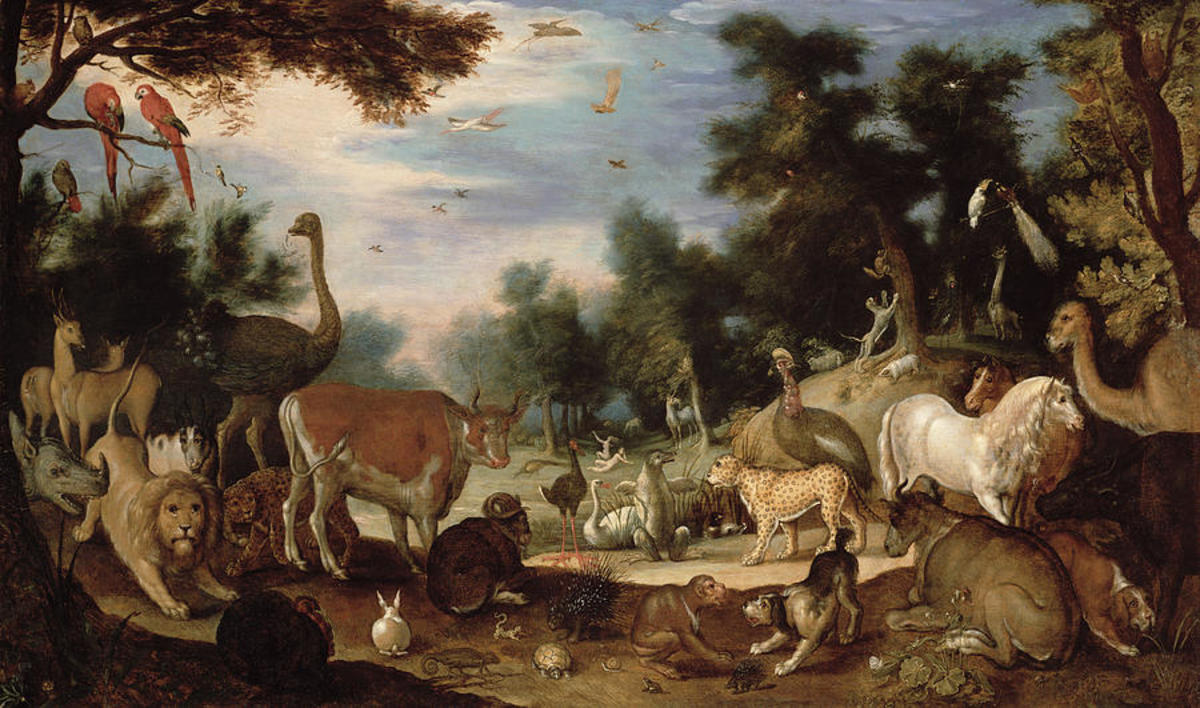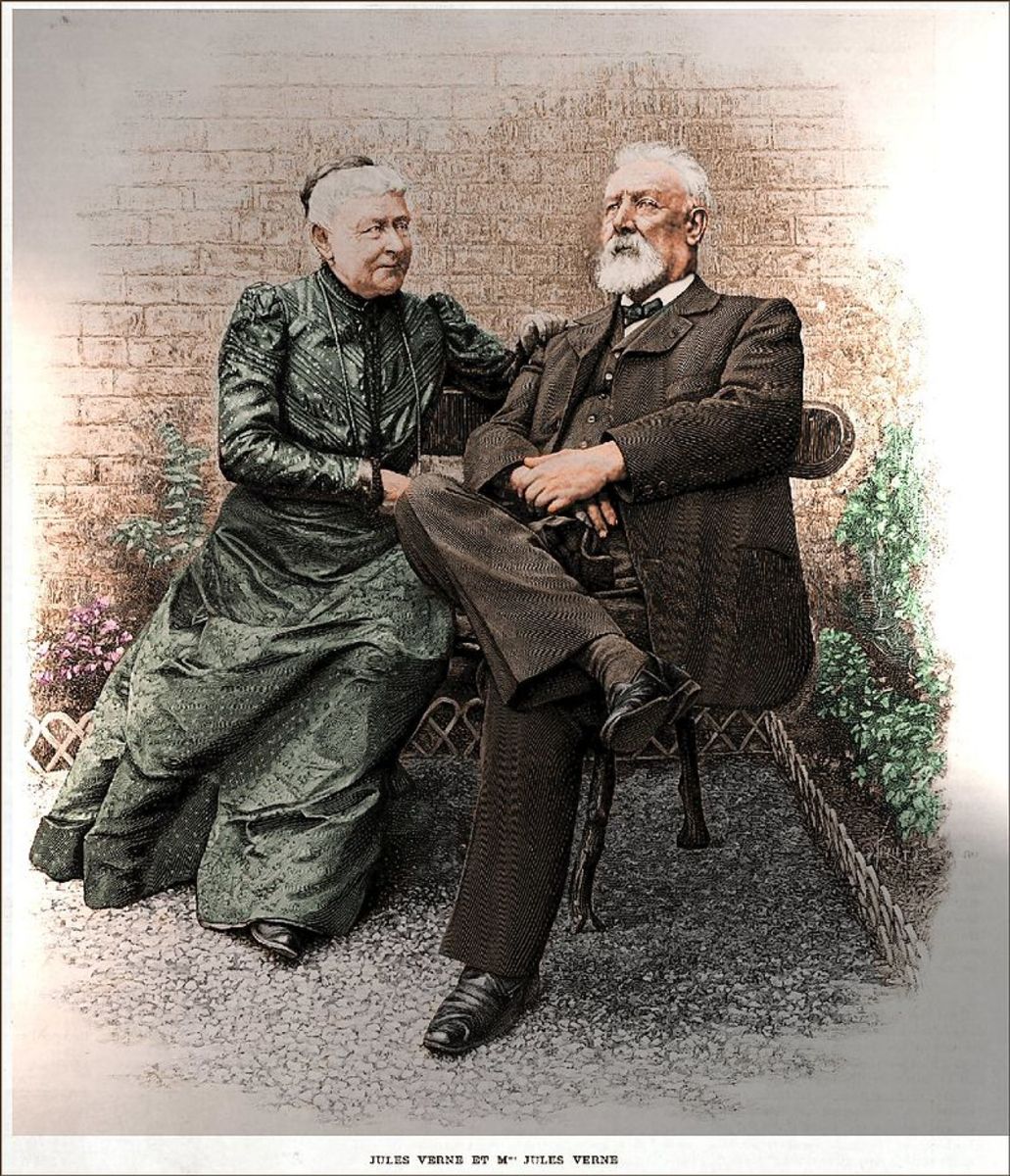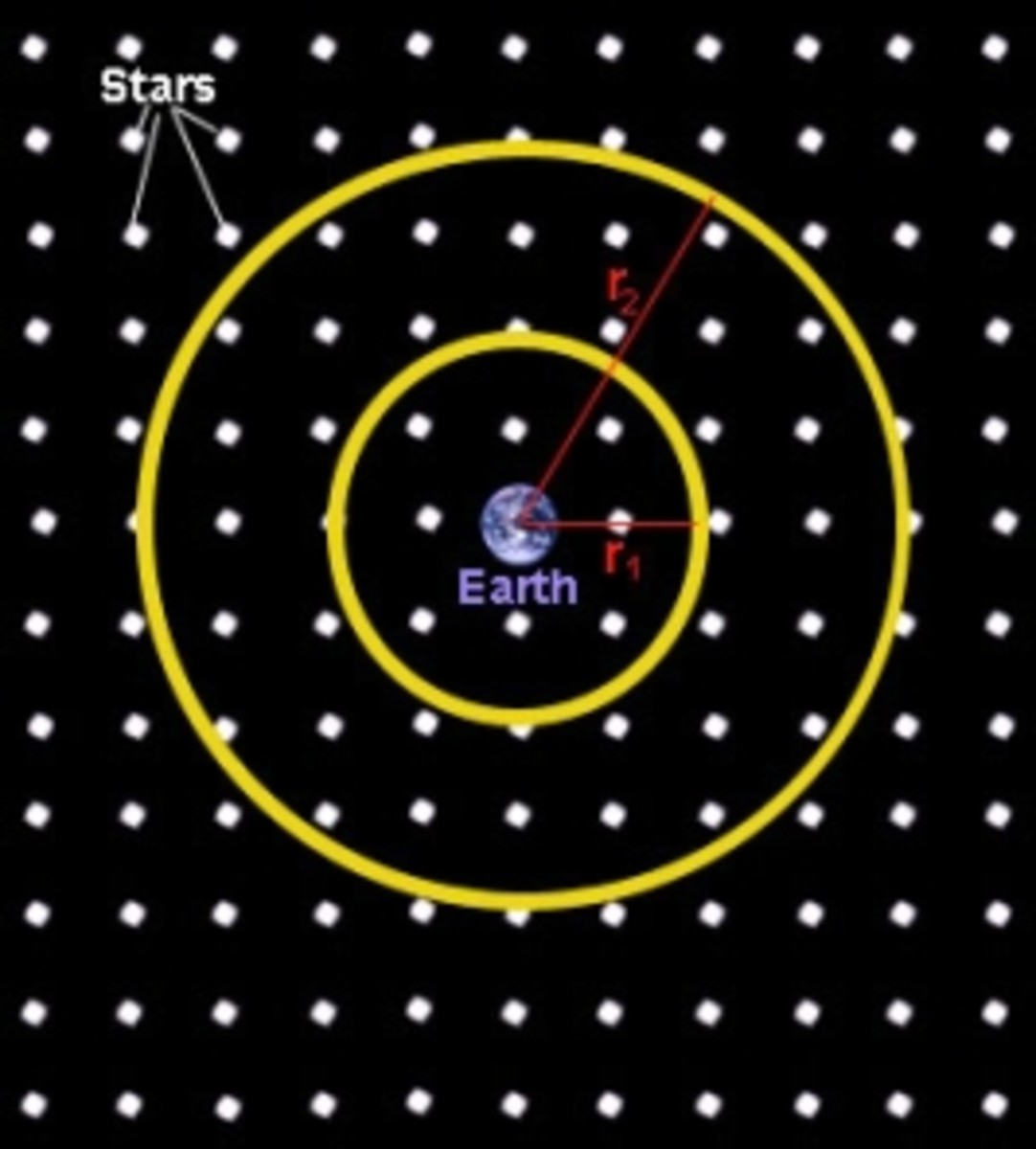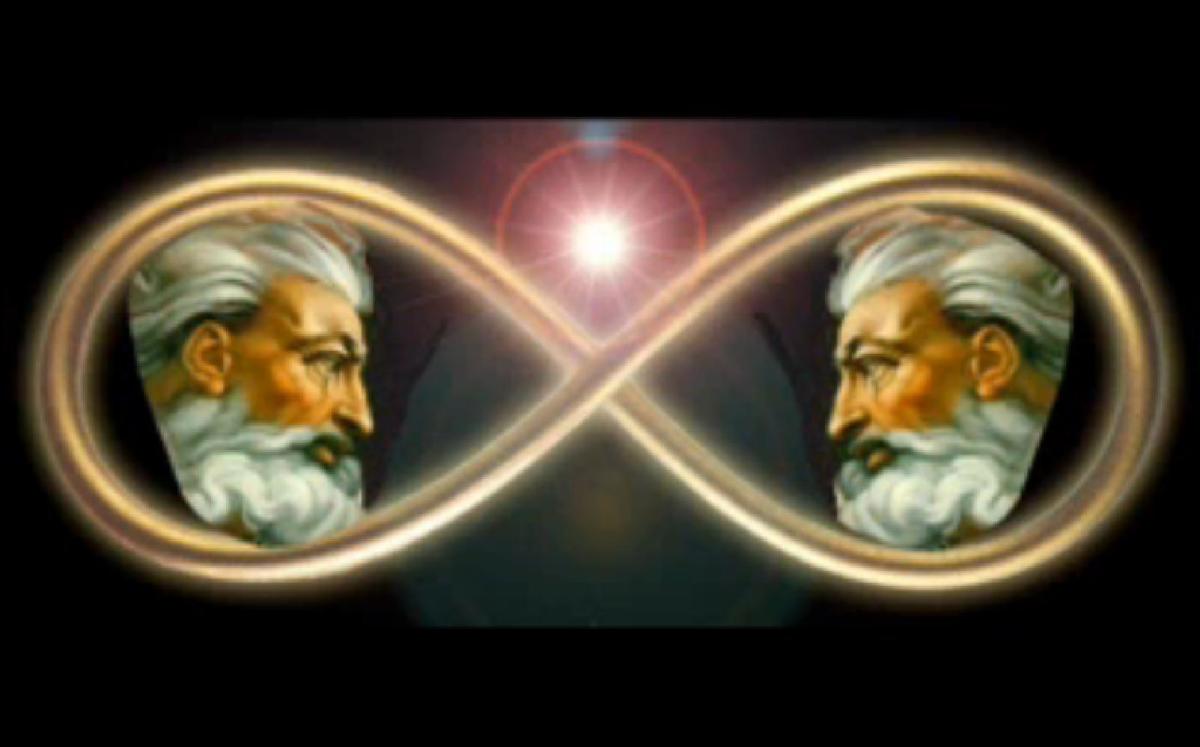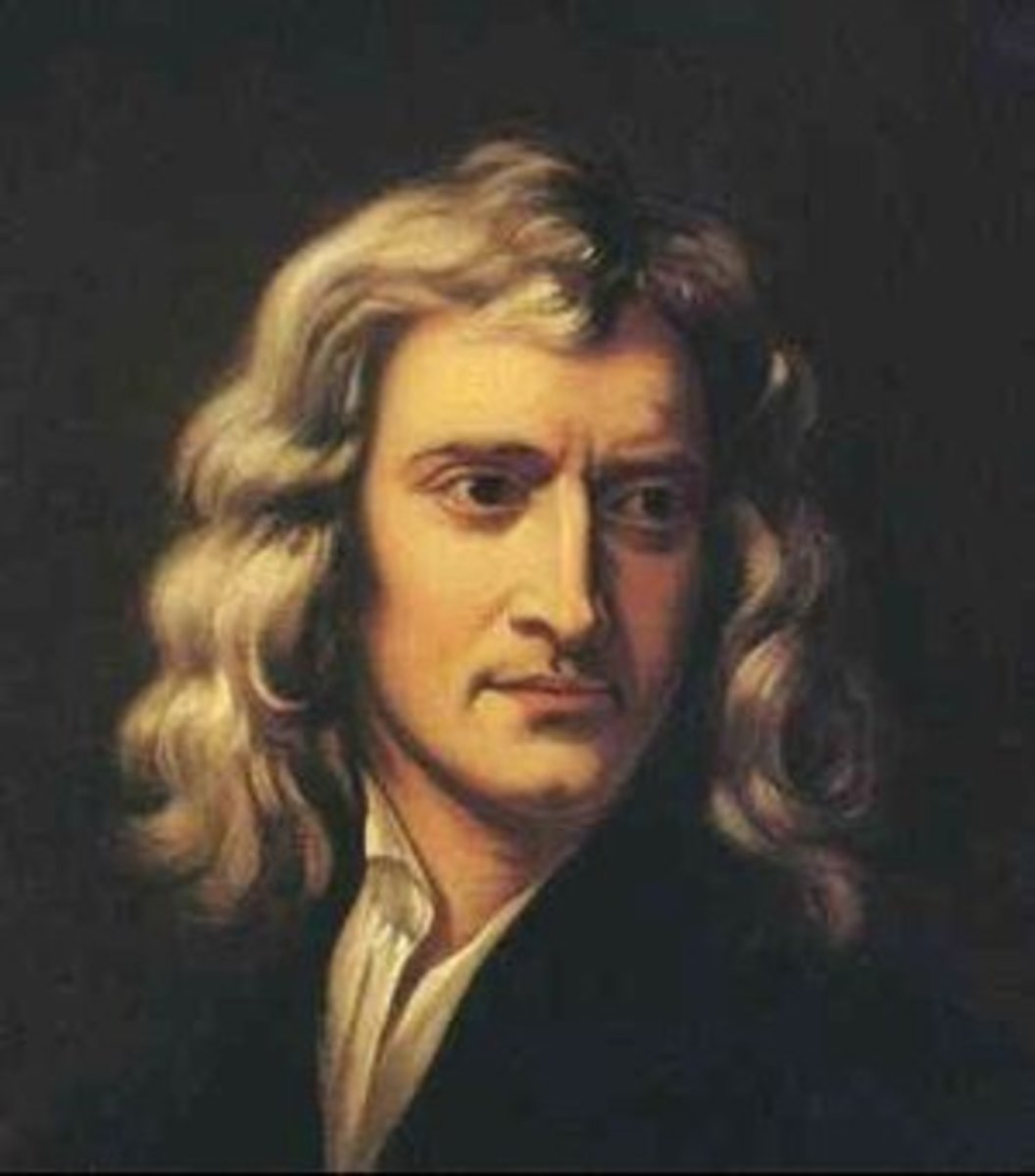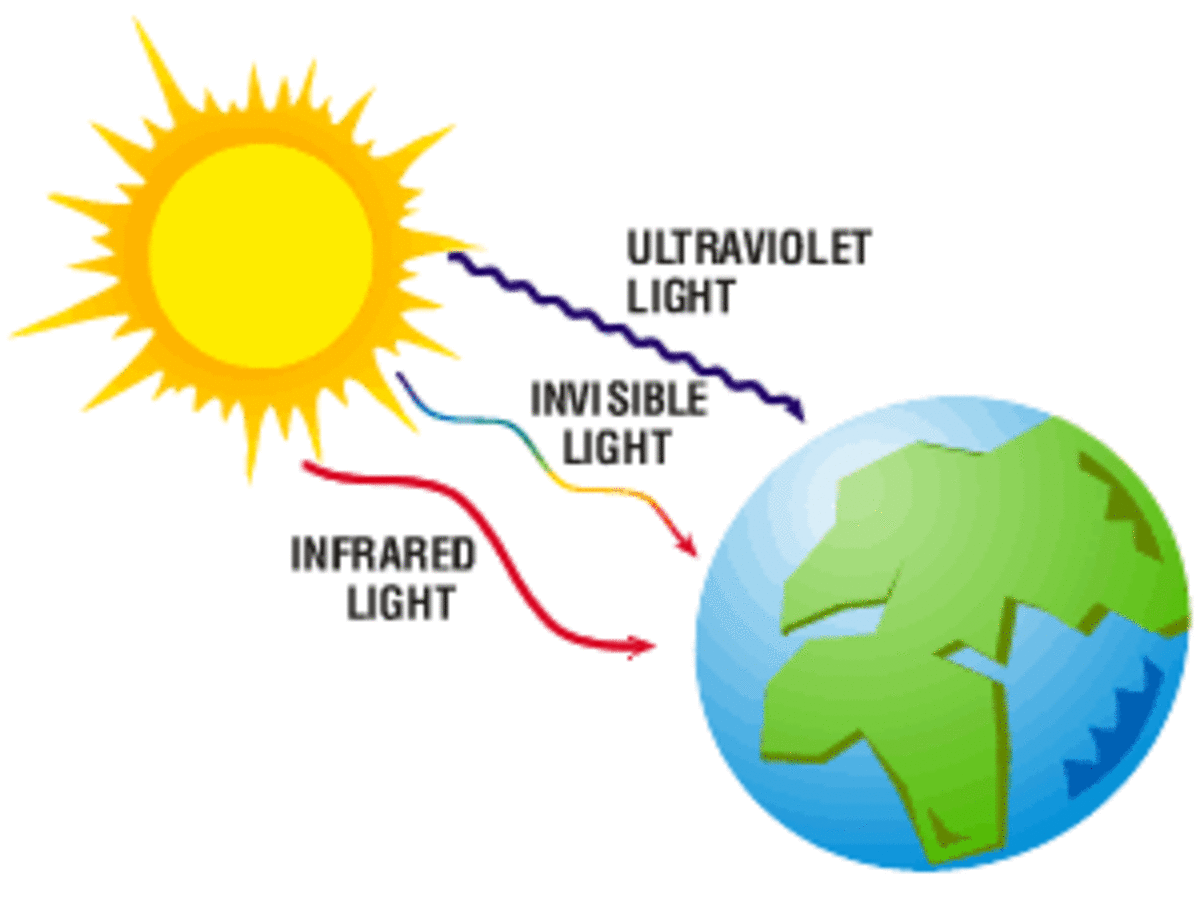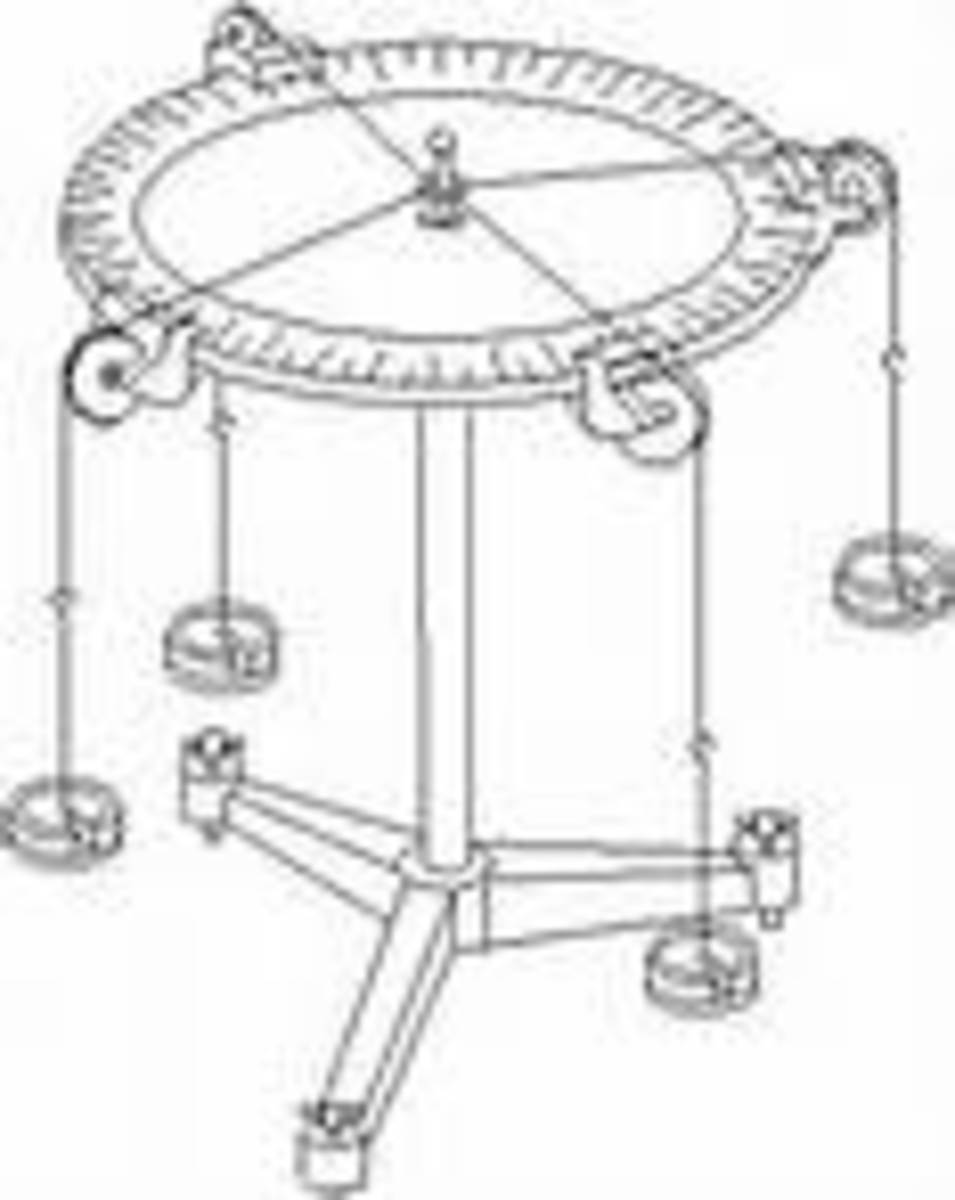A History of Time Travel

Many modern scientists consider our universe to be the result of a major event from the past, namely, a sudden explosion. The event has simply been dubbed the "Big Bang." If this did in fact happen, then there could be no "before" the Big Bang because space and time would not have yet existed.
It was only after the Big Bang that the dimension known as space started to grow and the dimension of time began to flow. Fast forward a number of millennia, and we find that early man recognized the element we have come to call time. Since then, humans throughout the ages including individuals like Plato, Aristotle, St. Augustine, and Sir Isaac Newton have pondered time and have tried to define it.
The Characteristics of Time and Proposed Time Travel

Time is sometimes referred to as the fourth dimension, though some physicists dislike it being called the fourth dimension as was proposed in Herbert Goerge Wells' timeless novel The Time Machine published in 1895. This concept was not notably accepted by members of the scientific community until Hermann Minkowski (1864-1909) suggested four-dimensional spacetime. A common definition of time could be that it is "a quantity used to correlate the duration of events or the periods between them."
Just a few years prior to Minkowski's proposition, Albert Einstein (1879-1955) had developed his famous Theory of Relativity, in which Einstein stated that space and time could not be independent of one another, rather they were closely related and intertwined. Both of these entities depend on the motion of the observer measuring them. Einstein's Relativity Theory also brought into the light the fact that a creature traveling at the speed of light would age slower than the same creature living out its life on Earth.
Whether you realize it or not, all of us are travelers in time. Every minute of every day, we are progressively going forward into time, into the future. But man's mind has frequently wondered if he could transfer a person forward or even back in time by a number of years within a conveniently short span of time.
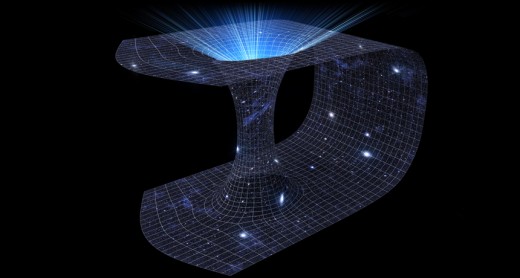
Cosmologists have discovered that time and space can be warped by gravity and speed. Decades ago, mathematician Kurt Goedel (1906-1978) found out that if space-time is twisted to an extent, creating what he referred to as "closed, timelike curves," tunnels could be bored right through the very dimension of time. However, no one was able to figure out a way of twisting space-time until scientists learned more about black holes. The strength of a black hole's gravitational pull distorts the fabric of space-time itself.
Physicists have argued over the existence of wormholes in the fabric of space for over the past 80 years. Basically, a wormhole is a "doorway" between different parts of our universe; one is created when two black holes are joined. This technically opens a tunnel through time and space. The use of wormholes has been incorporated into classic science fiction such as The Avengers (2012) and several Thor and Star Trek stories.
In reality, it would be quite hard to actually use a wormhole for the purpose of time travel. For one thing, it would be necessary to keep the wormhole open as the traveler makes the journey from one end of the "gateway" to the other. The potential of a time machine built around wormhole technology would be limited since the traveler would not be able to go back in time to a period before the wormhole was created. Another factor to be considered is the amount of energy that would be needed; humanity would somehow have to be able to wield the energy inside black holes.
Another possible method for time travel might be the "rotating cylinder" proposed by physicist and astronomer Frank Tipler (1947-). He predicted a vessel following a carefully planned spiral course around the "cylinder" would instantly be caught on a "closed, timelike curve" and would emerge thousands, perhaps billions of years from its starting position and maybe even several galaxies away. In order for the mathematics to work out, Tipler's rotating cylinder would have to be infinite in length. So, like any theoretical way of achieving time travel, it too comes with its problems.
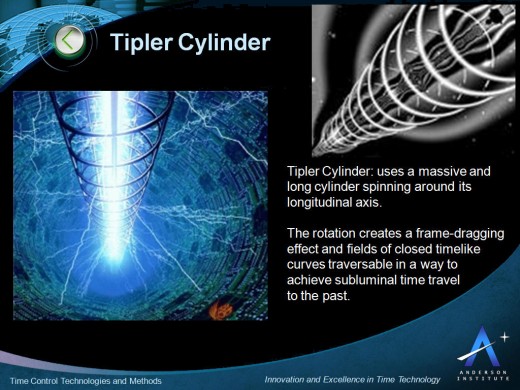
Yet one more time traveling possibility has been conceived: that which would require the use of cosmic strings. The concept of cosmic strings and their existence was first thought of and made known by Tom Kibble (1932-2016) in the 1970's. Still to this day cosmic strings remain merely hypothetical objects which could possibly be remnants left over from the birth of our universe in the Big Bang. Some astronomers suggest these theoretical objects could explain strange effects playing out in distant galaxies.
In theory, by moving and configuring two cosmic strings close to one another - or perhaps a single cosmic string and a single black hole - it is possible to generate an entire assortment of "closed, timelike curves." Thus, a ship could fly in a calculated figure eight pattern around the two objects and be transported to anywhere in anytime.
Time Travel in Classic Science Fiction and in the Future
For a long time theories and ideas regarding time travel have made their way into literature and entertainment. Time travel has become a major element in the broad popular genre of science fiction. Many of these fictional stories about traveling in time have fascinated and amused the general public as well as scientists.
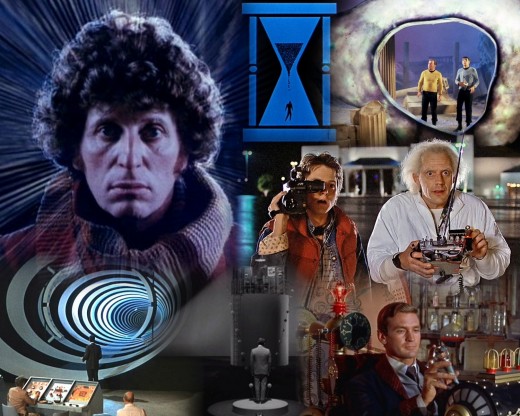
Probably the best-known written tale of a time traveler is H.G. Wells' The Time Machine, a novel which has been adapted for the screen a number of times. Since then, hundreds of movie and TV screenplays have been based around the concept of time travel. Time travel is a primary element in television series such as Doctor Who, The Time Tunnel, and Quantum Leap.
Irwin Allen, who created and wrote the original story about his TV show The Time Tunnel, also went on to produce a TV movie called The Time Travellers (1976), the story of which was written by Rod Serling, creator of The Twilight Zone series which included a number of episodes in which characters made trips into a different time than their own. One dilemma that scientists also have to face is that any sort of time traveling device could take up the energy of a whole star, thereby being extremely expensive.
In Allen's original series, this issue is shortly touched upon when a U.S. senator visits the Time Tunnel and makes a comment about the huge amounts of money the government has invested in the great project. In the early 2000's a Time Tunnel reboot series was attempted, producing a pilot episode, but then failed. Many movies have also used time travel as a key element to their storylines. A few examples of movies like this include Back to the Future (1985), Bill and Ted's Excellent Adventure (1989), and Meet the Robinsons (2007).
As you can see from the brief list I have provided above, ideas and stories about traveling in time abound in pop culture, and most likely the dream of time travel will continue to inspire future science fiction stories. In spite of all the unanswered questions, the paradoxes, and the stumbling blocks that lie before us, many scientists continue to believe we can raise and nurture the idea of time travel from simply a dream into someday a mature reality.
A Metaphorical Definition of Time from Star Trek
Sources
Gornitsky, Rhonda, and IMP AB Secrets of the Universe International Masters Publishers AB. “Time Travel: How Time's Arrow Can Be Reversed.” International Masters Publishers Inc. 225 Park Avenue South 17th Floor New York NY 10003, New York, NY, 1 June 1999.
Horobin, Wendy, et al., editors. Space: a Visual Encyclopedia. New York, NY, Dorling Kindersley Limited, 2010.
© 2017 John Tuttle

